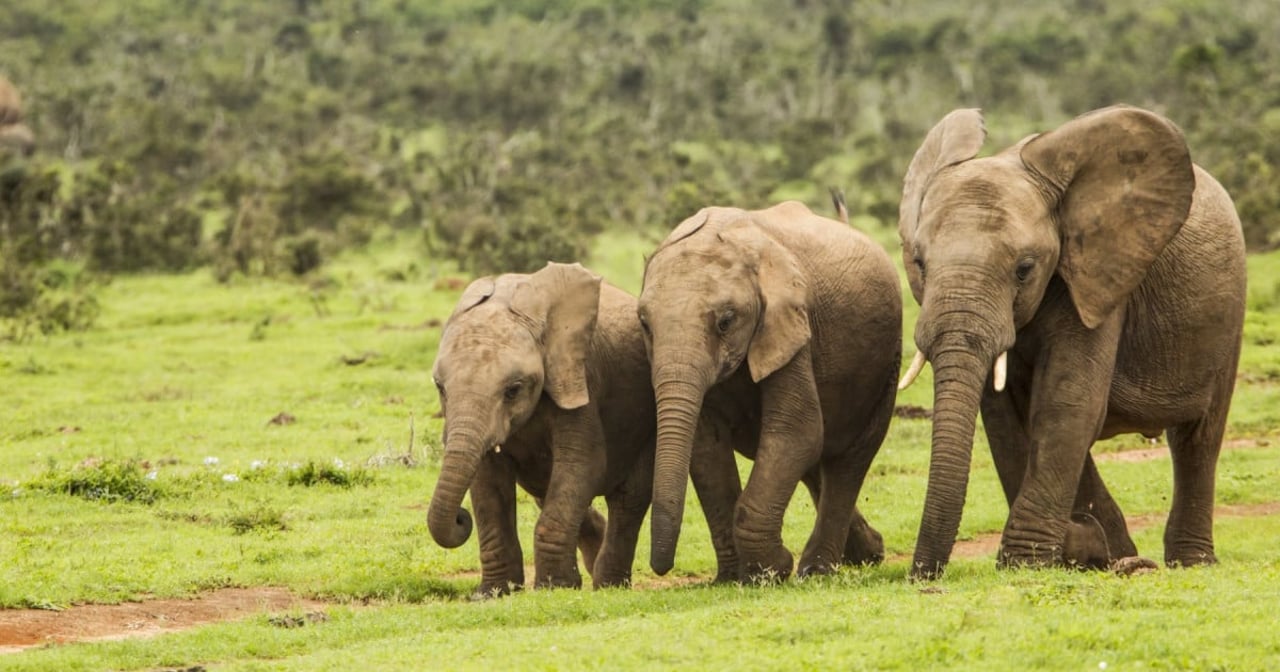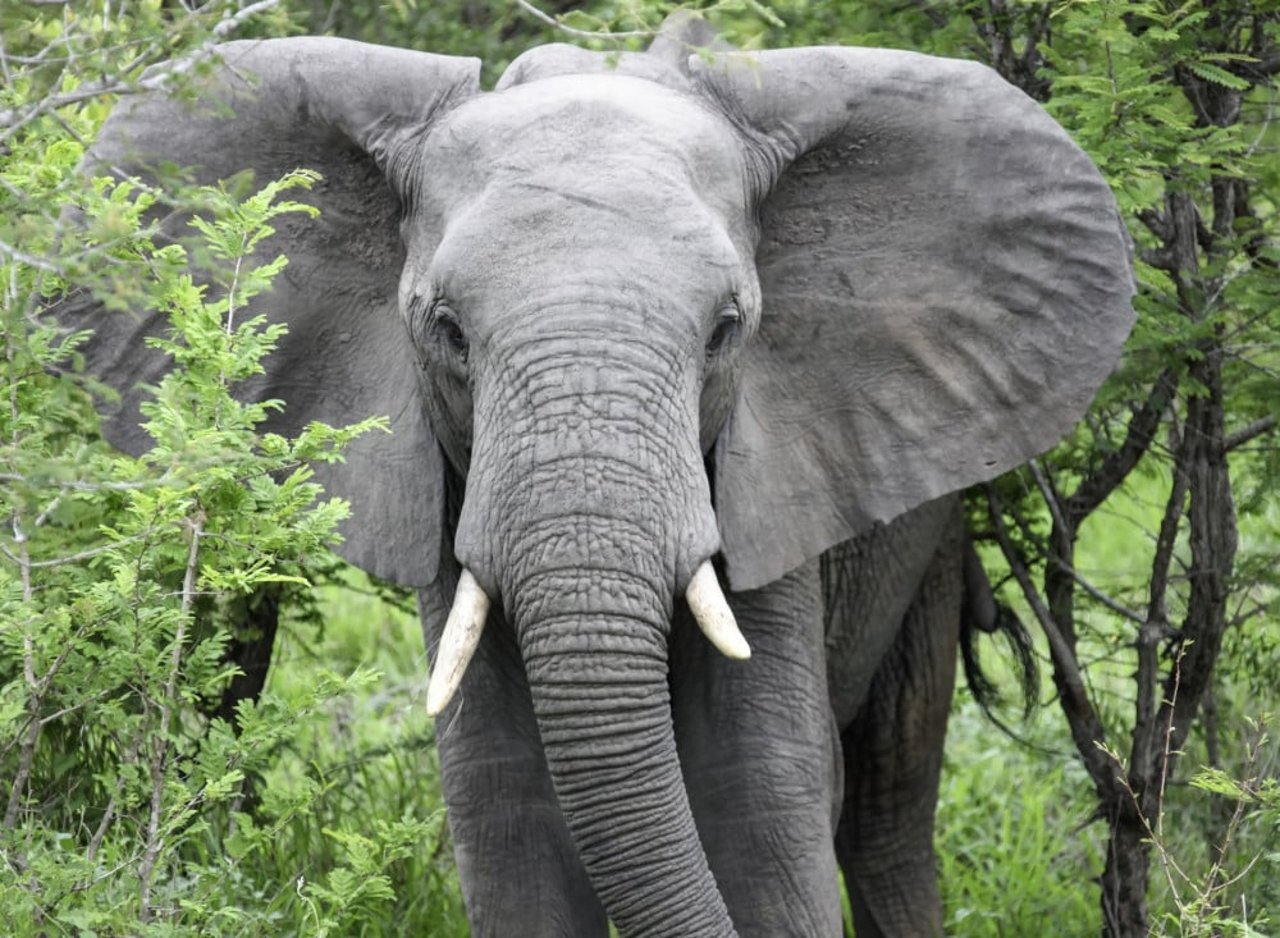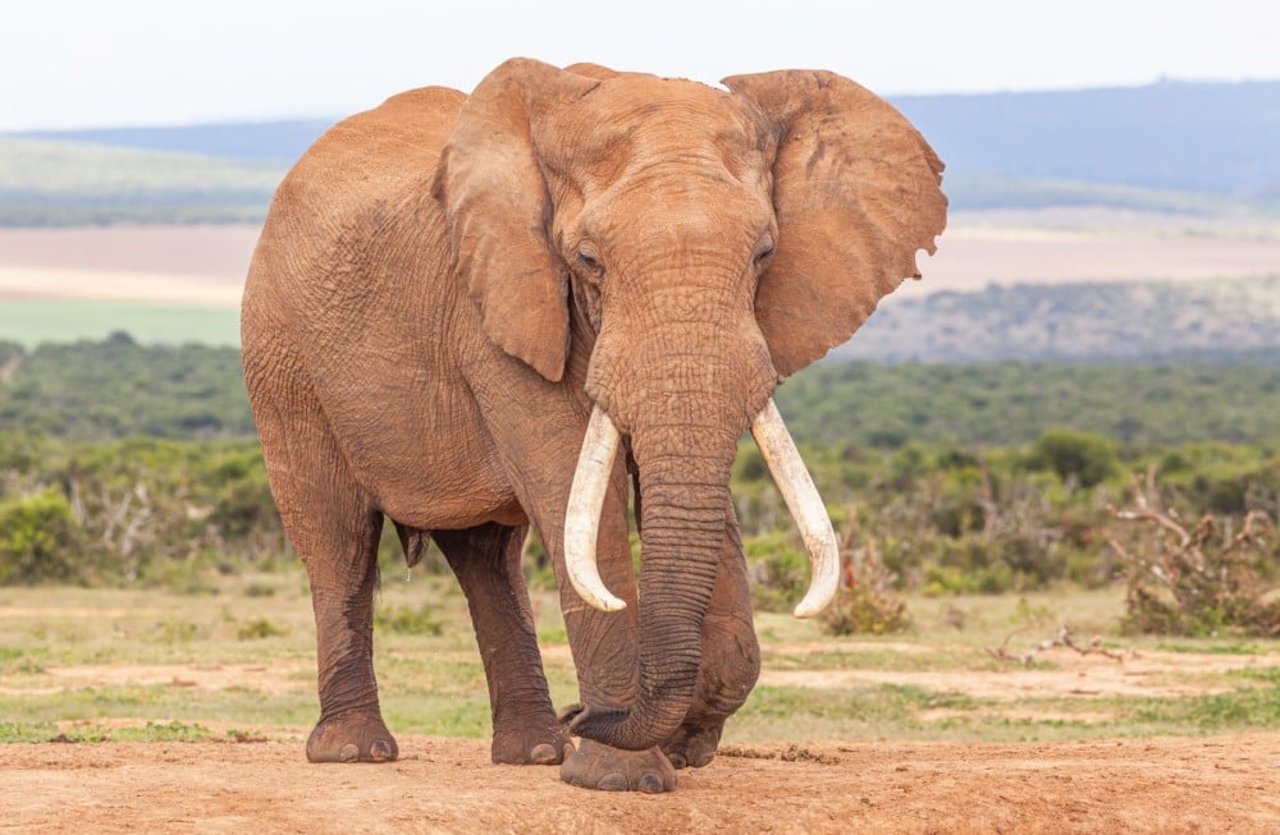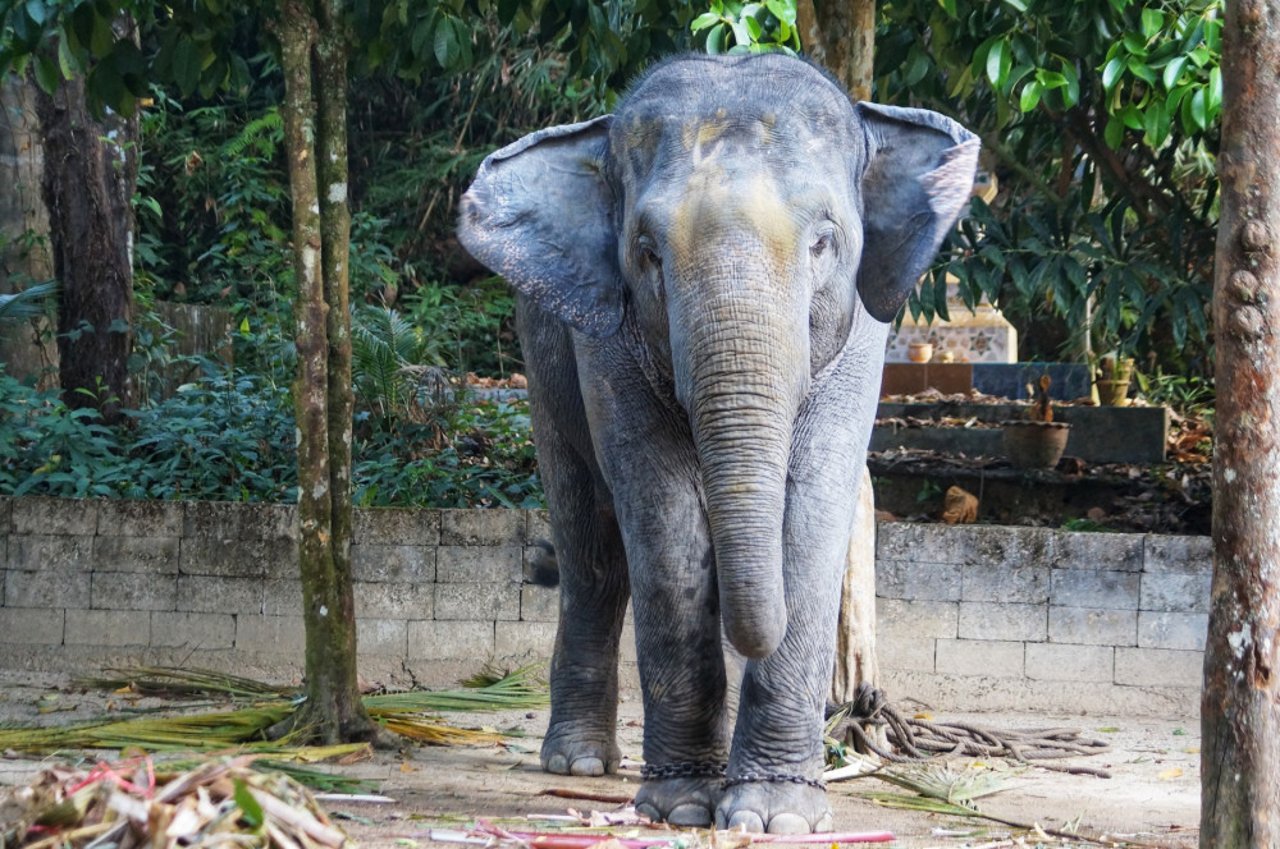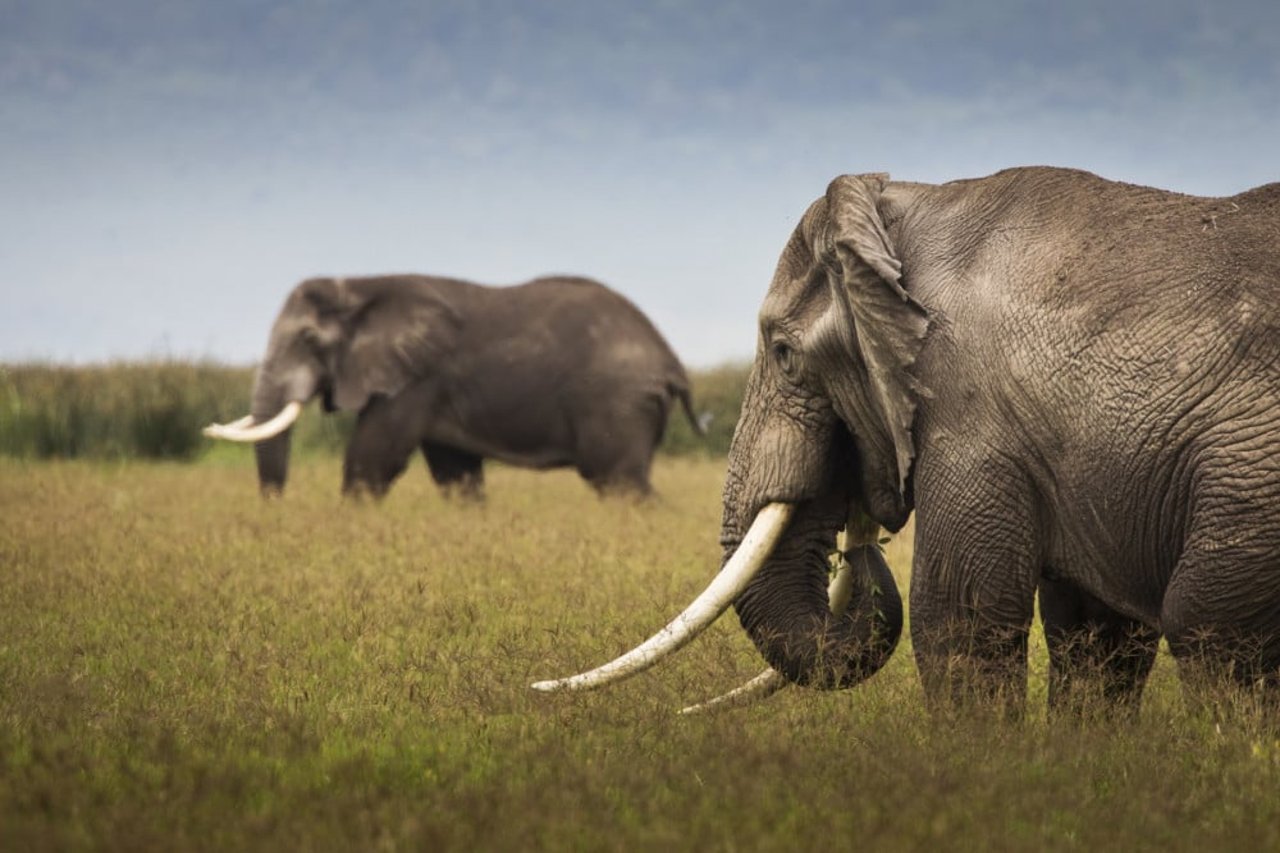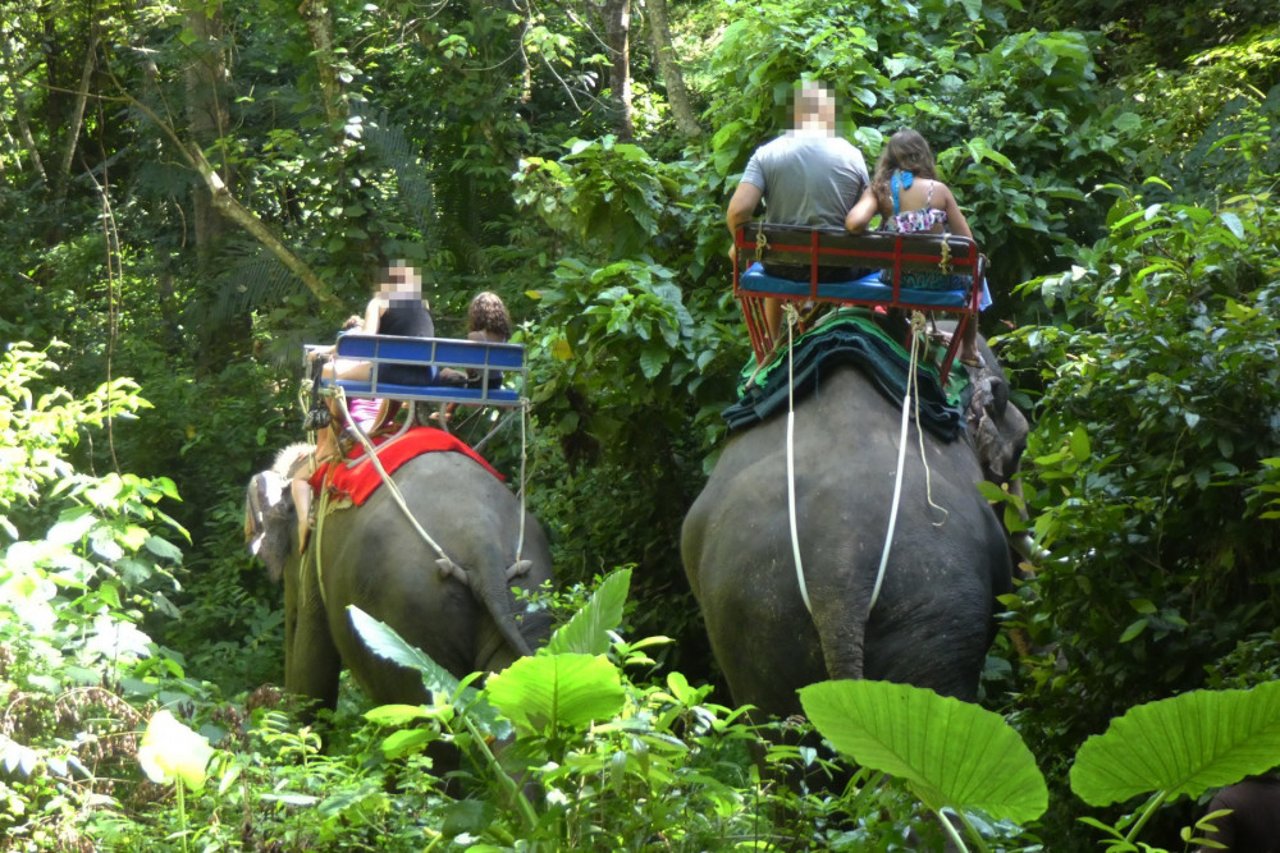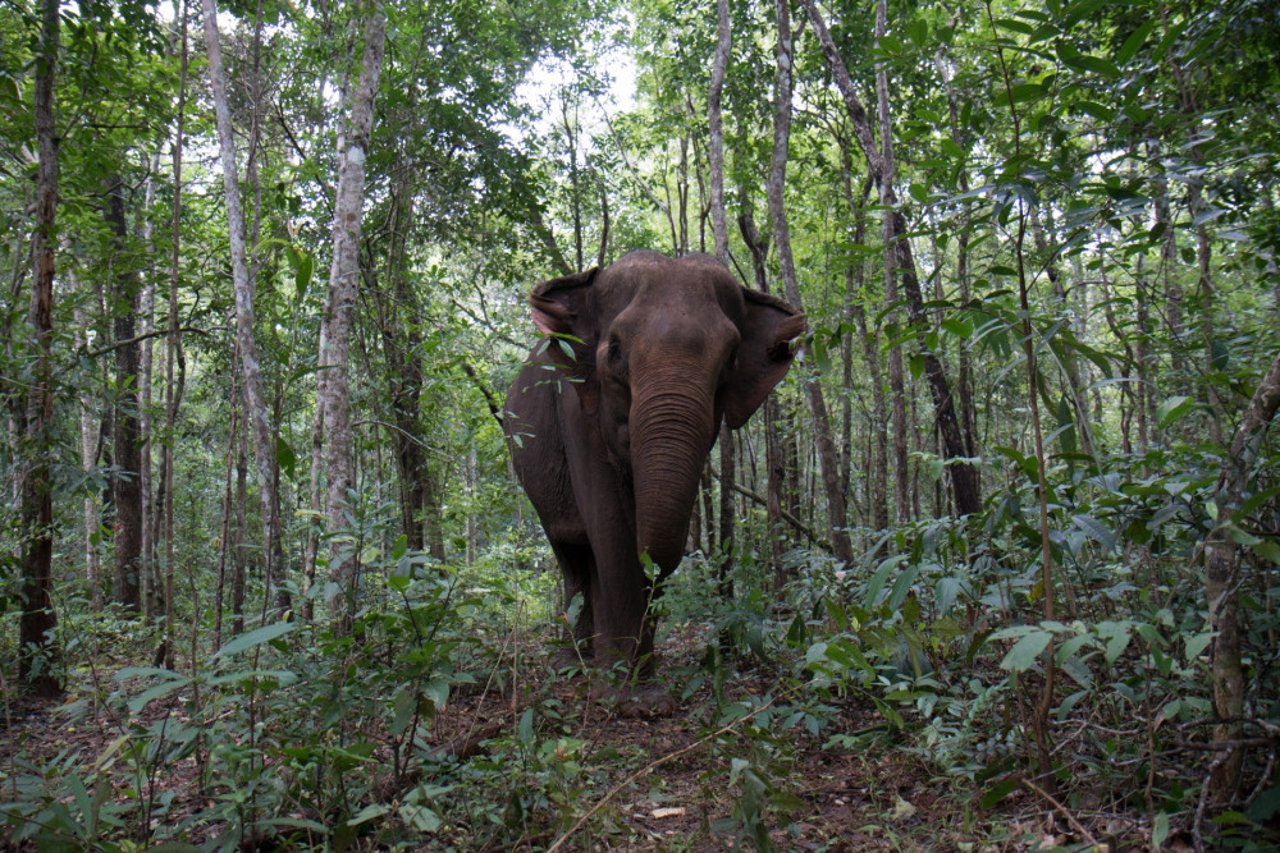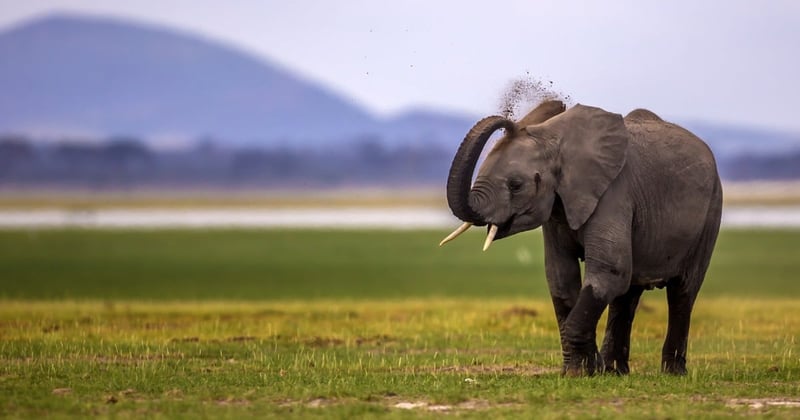
The world’s biggest land mammals, elephants are known to wander the world in Asia and Africa. These seven facts about elephants will help you learn more about these iconic animals.
Facts about elephants and why they don’t belong in captivity:
1. There are three species of elephants.
It’s true! While most people assume there are only two—Asian and African—there are actually three: the African bush elephant, the African forest elephant, and the Asian elephant. Forest elephants are smaller than bush elephants at about half the size and their tusks are straighter and downward pointing while African bush elephants have more curved tusks. Both evolved from a common ancestor and have distinctly different DNA.
2. Ears are the easiest way to tell elephant species apart.
One of the things I learned in grade school is that one of the easiest ways to tell a species of elephant apart is from the shape of their ears. Both forest and bush African elephants have ears resembling the geometry of Africa while Asian elephants have ears that resemble the geometric shape of continental Asia. Asian elephants have significantly smaller ears than their African counterparts.
3. African elephants are the largest land mammals.
The African elephants species can reach a staggering 13 feet tall at shoulder height. To put it in perspective, Asian elephants can reach about 10 feet tall and are a minimum height of 6.8 feet. In relation to humans, the tallest man on record is Sultan Kösen who grew to be 8 foot, 2 inches. African elephants are just about twice the size of Michael Jordan!
4. About one-third of Asian elephants live in captivity.
As Asian elephant populations decrease (they’re listed as endangered by IUCN), the numbers of elephants in captivity continue to rise for various exploitative industries. In the US, Asian elephants have been used in circuses like the now defunct Ringling Bros. and Barnum & Bailey, Cole Bros. Circus, and Shiners (which still continues to travel and perform). In Thailand, these elephants are being used for riding, bathing, for selfies, and in the logging industry. World Animal Protection is working to end elephant entertainment through legislation in the US and by transforming commercial Thai venues to stop all direct contact interactions.
5. Most illegal ivory comes from African elephants.
Nearly 35,000 African elephants are poached for their tusks each year for traditional Chinese medicine. While Asian elephants are still poached for their tusks, all species are at risk for poaching due to demand for their skin, which is fashioned into jewelry. Conservation organizations estimate nearly 100 elephants are poached each day. Most tuskers are male, with the largest tusks being targeted for the most ivory. However, most recently tuskers have been found with smaller tusks either as a protective evolutionary trait or because larger males have been poached out of the gene pool.
6. Elephants suffer in captivity.
Elephants in the wild have one of the largest home ranges, often walking up to 40 miles each day. In captivity, whether it’s a circus, zoo, or other commercial venue, captivity can not nearly replicate their natural environment. Unlike dogs and cats, working alongside, breeding, and interacting with elephants has not changed their behaviors and they remain wild (undomesticated). This means that trainers have to implement painful and traumatizing techniques, such as “the crush” to force the captive elephants to obey.
7. How can we protect elephants?
One of the most important things we can do to protect elephants is to refuse to participate in activities where direct contact of wild animals takes place. Bathing, riding, feeding, or simply touching an elephant means that the animal had to endure being torn from its mother’s side, tied down, and beaten with sharp weapons called a bullhook in order to make it submit to human interaction.
We can also take action by reporting illegal ivory sold in shops where there is a ban in place to the proper authorities, decreasing the social acceptance of ivory, and working to protect their natural habitats.
